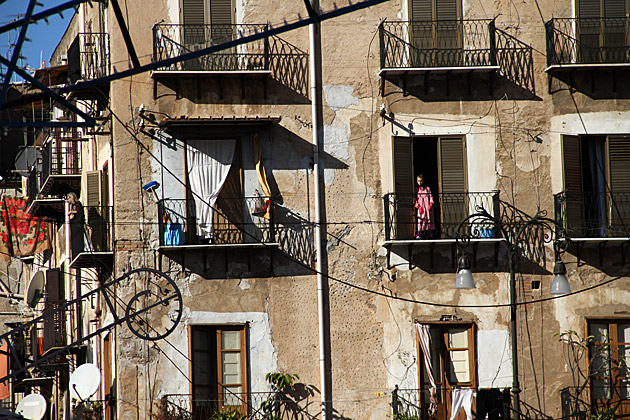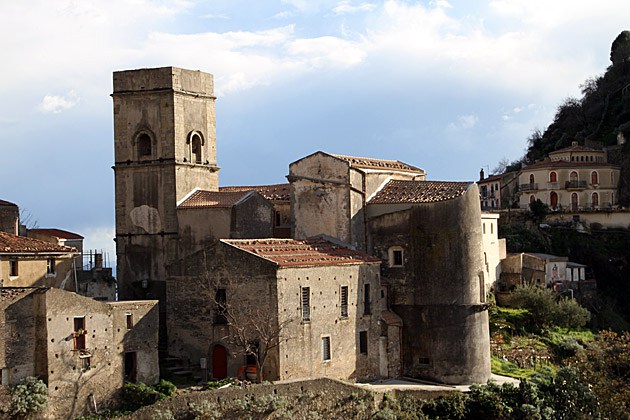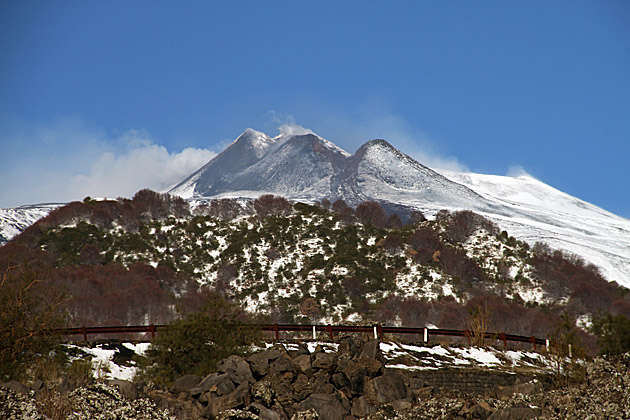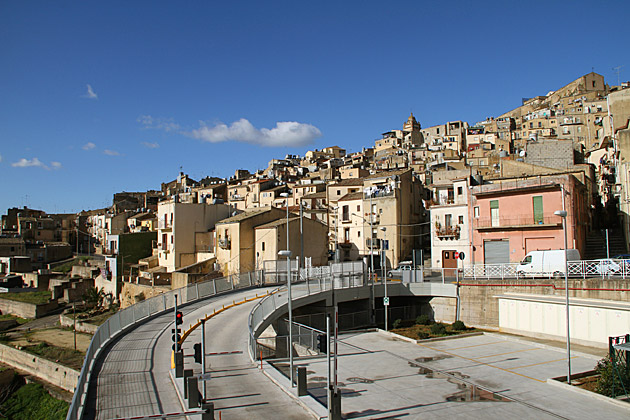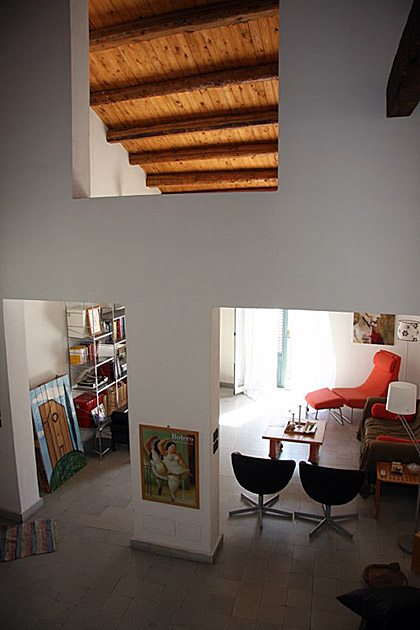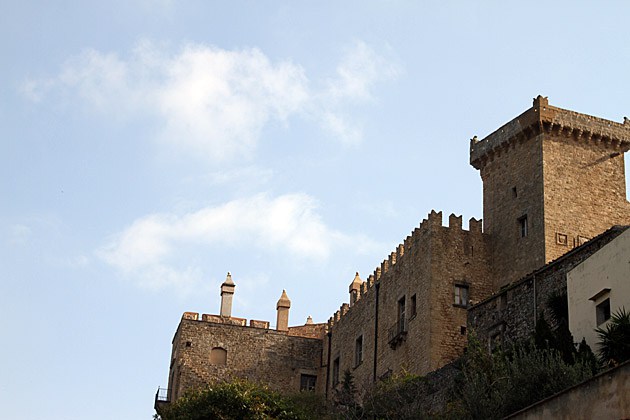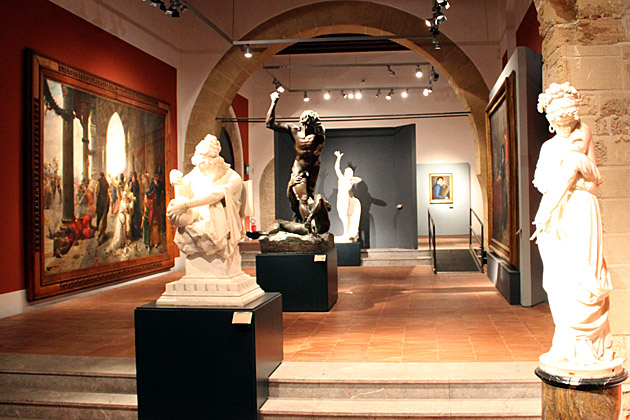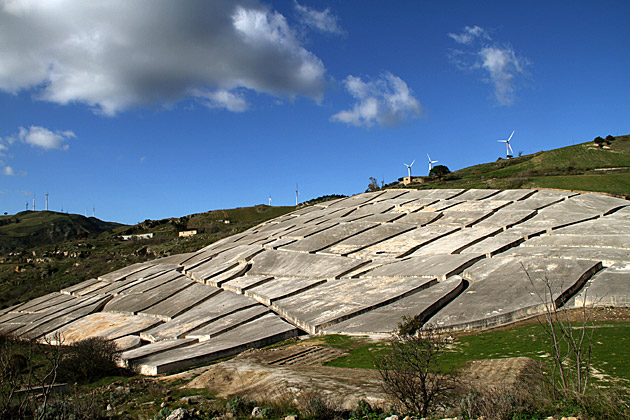The Albergheria
The Albergheria is the oldest neighborhood in Palermo. This is where the Phoenicians founded the city, and it hosts the royal palace which all the city's rulers have called home. Despite this rich history, today's Albergheria is one of the most run-down sections of Palermo. Nowhere else is the juxtaposition of dilapidated housing and exquisite historic buildings quite so jarring.
